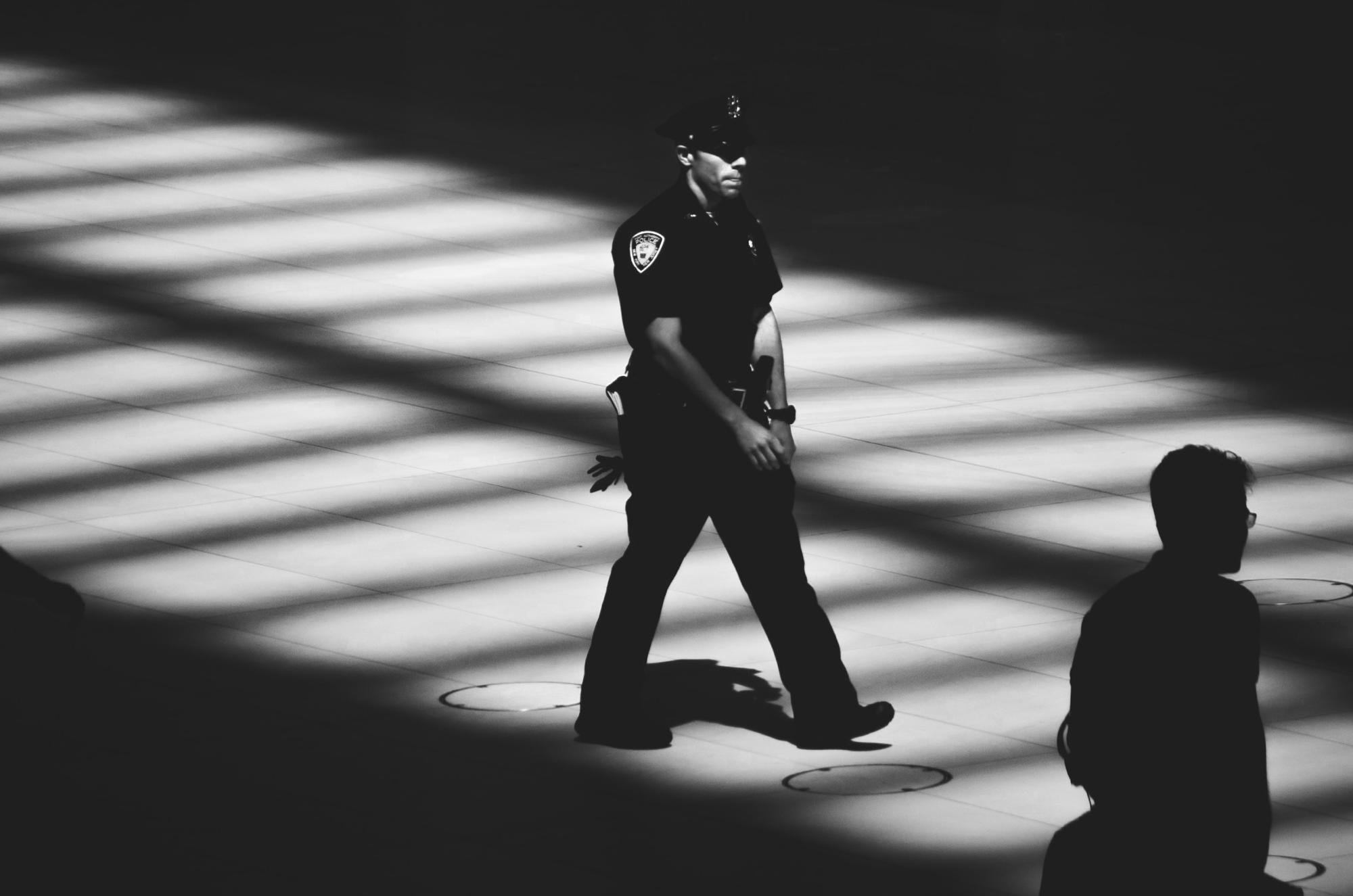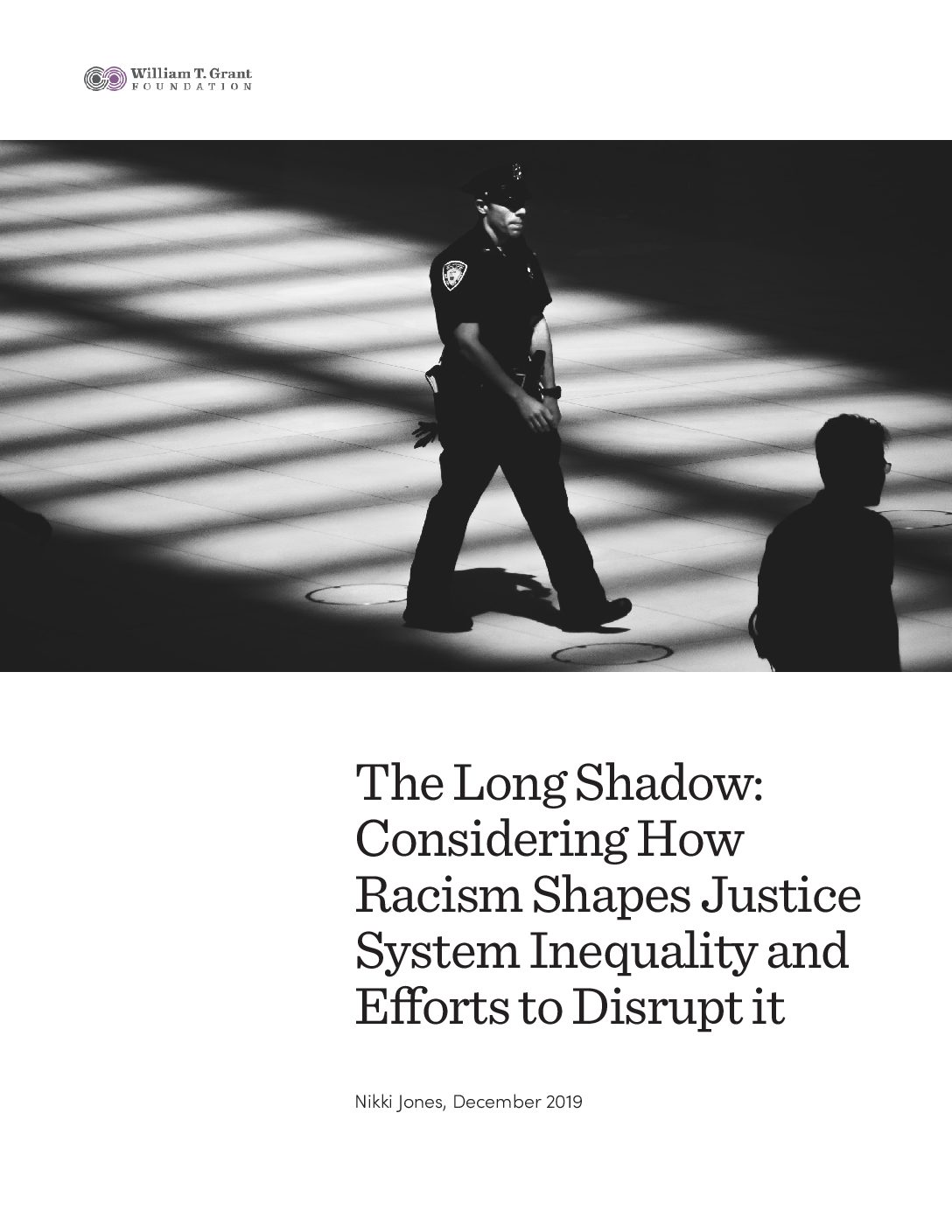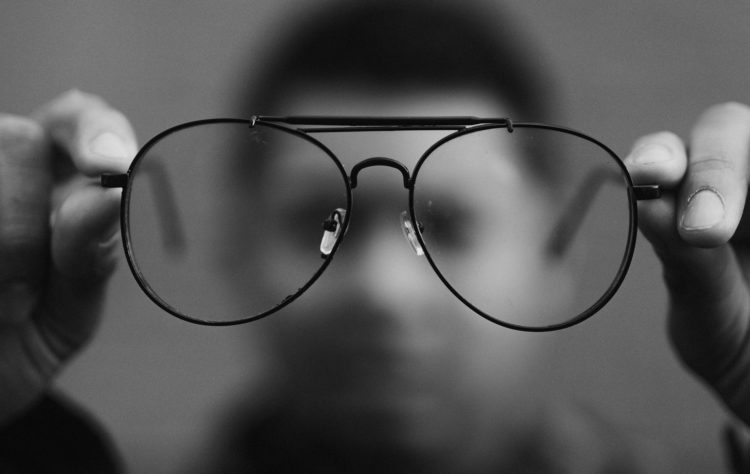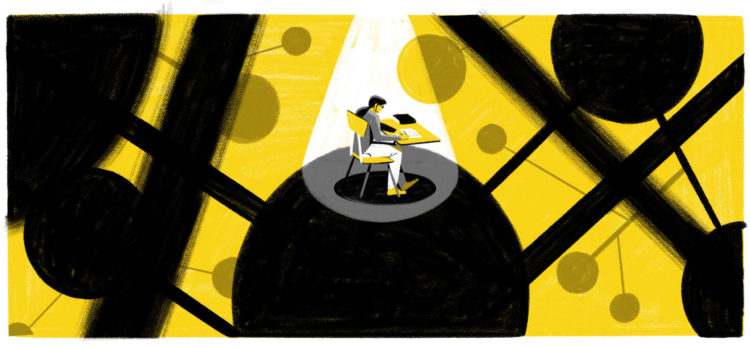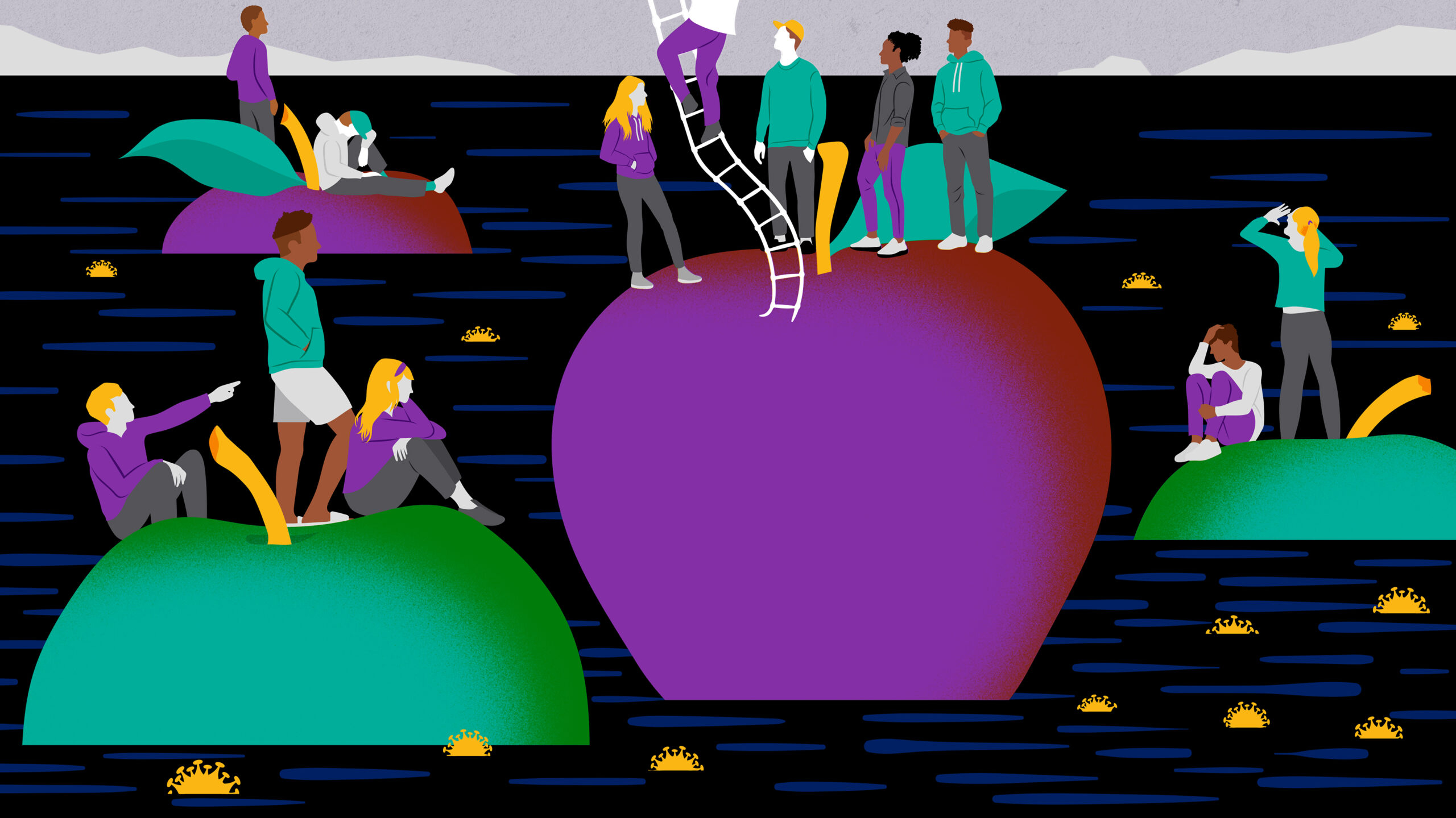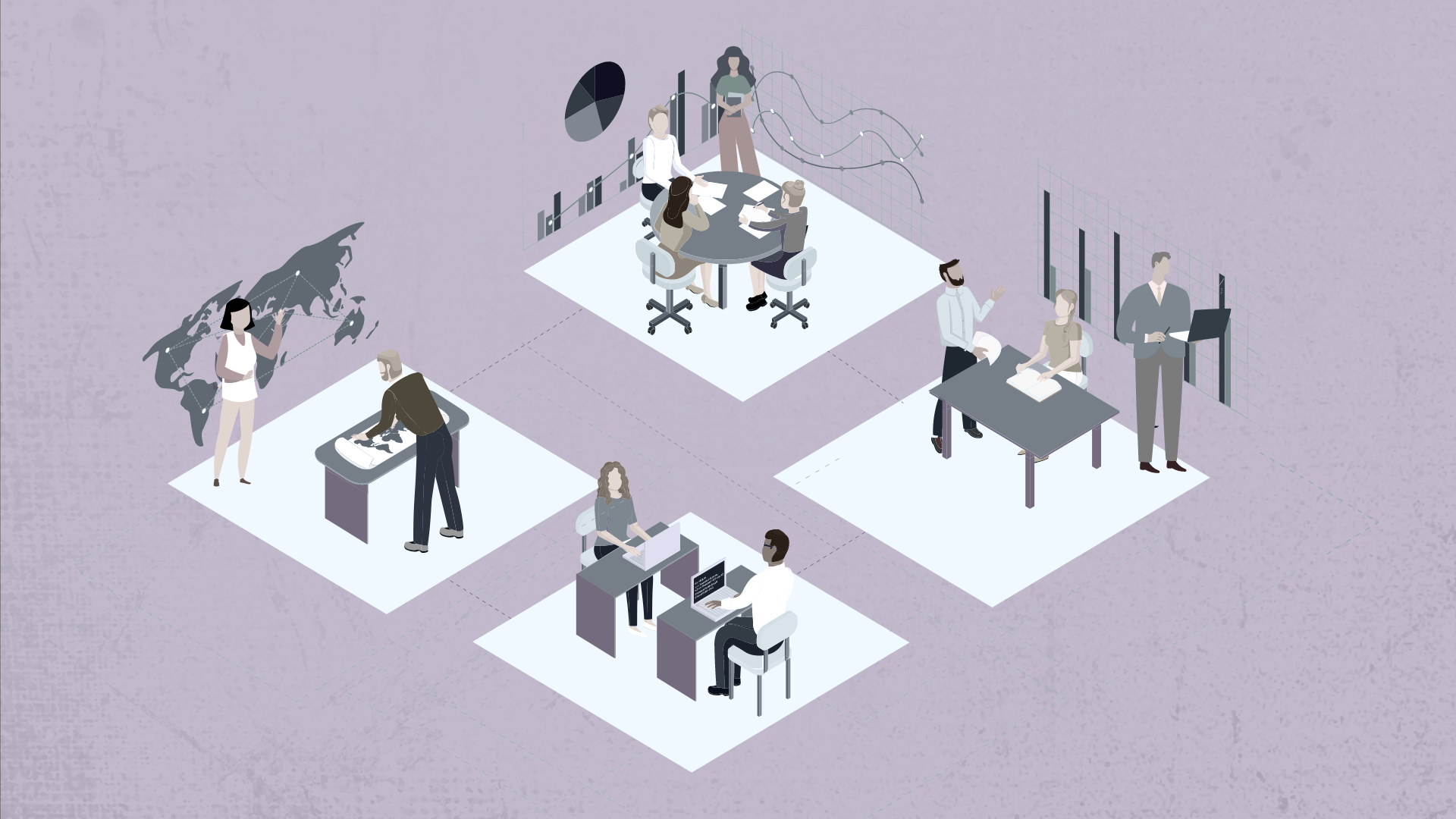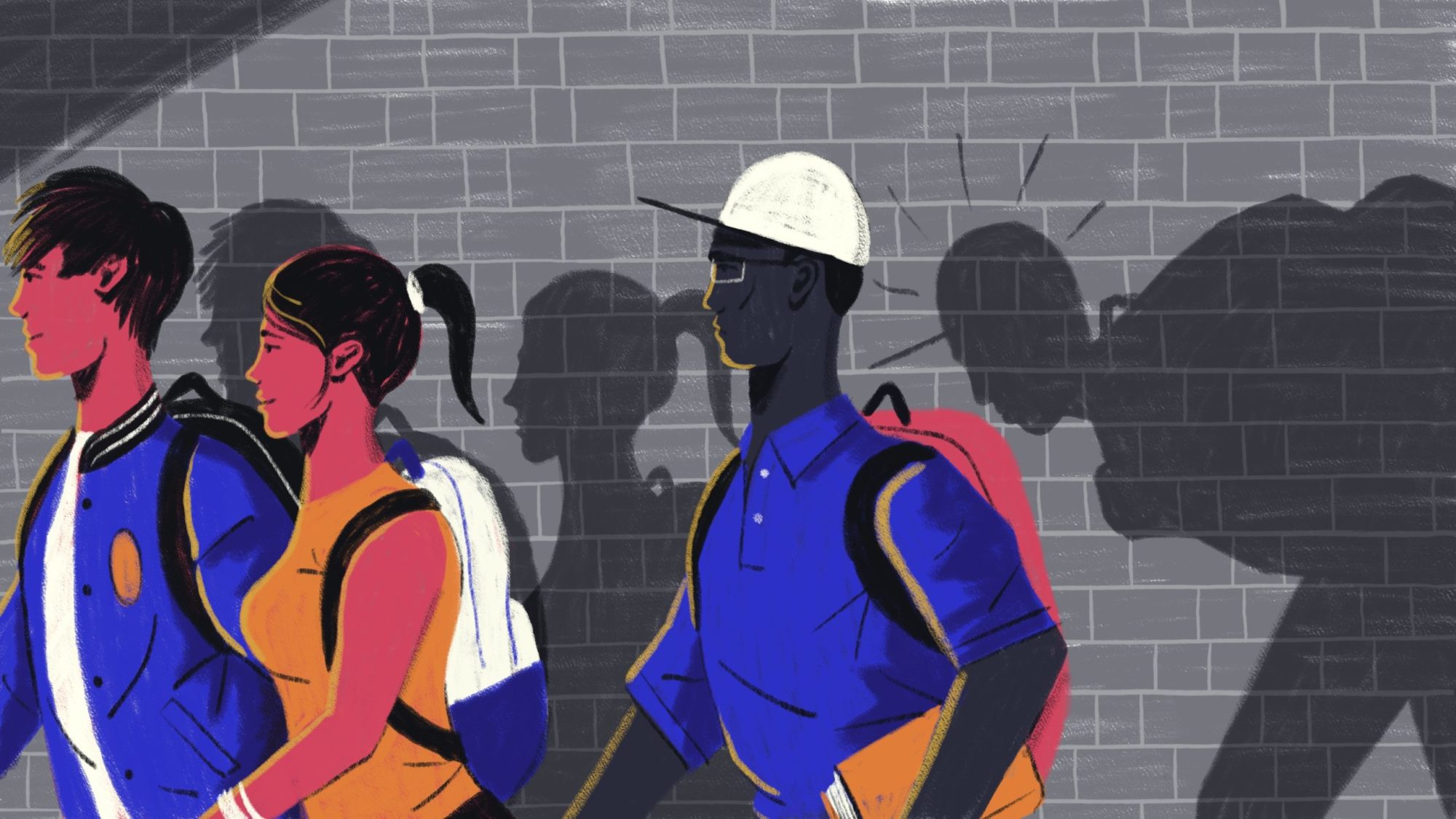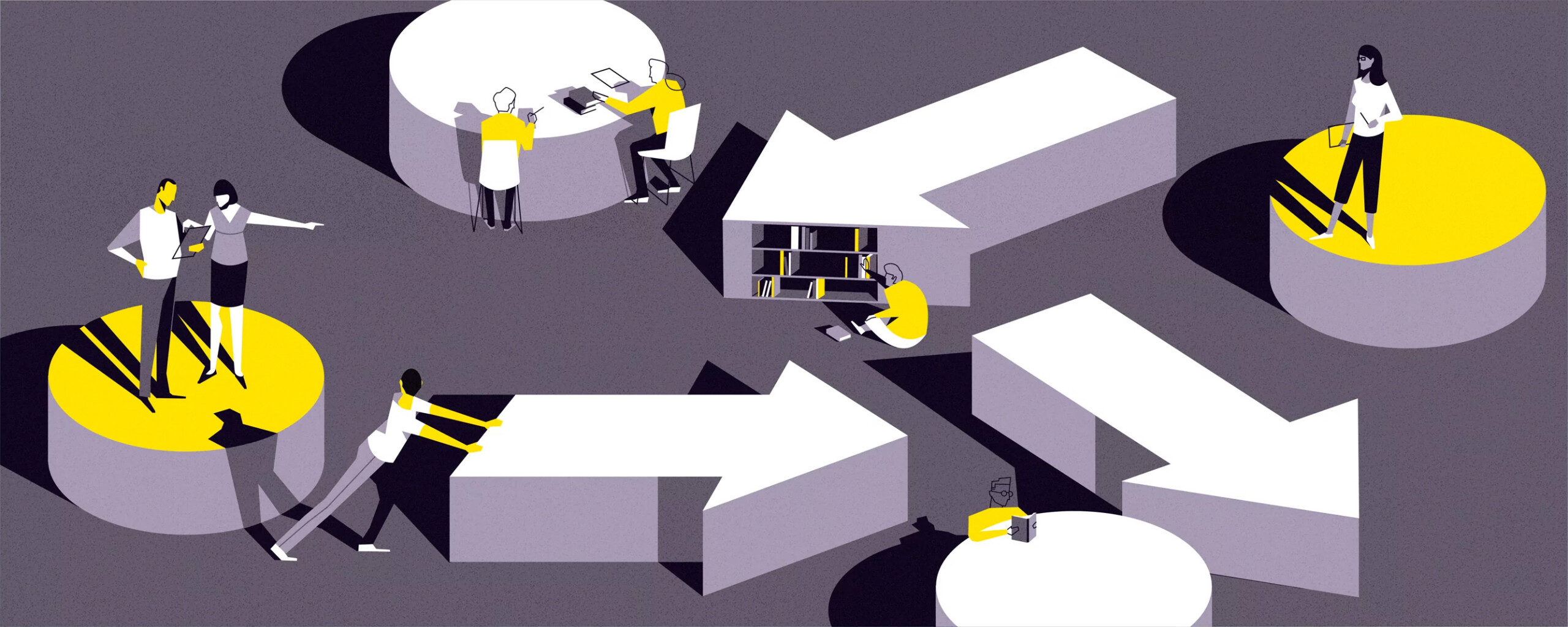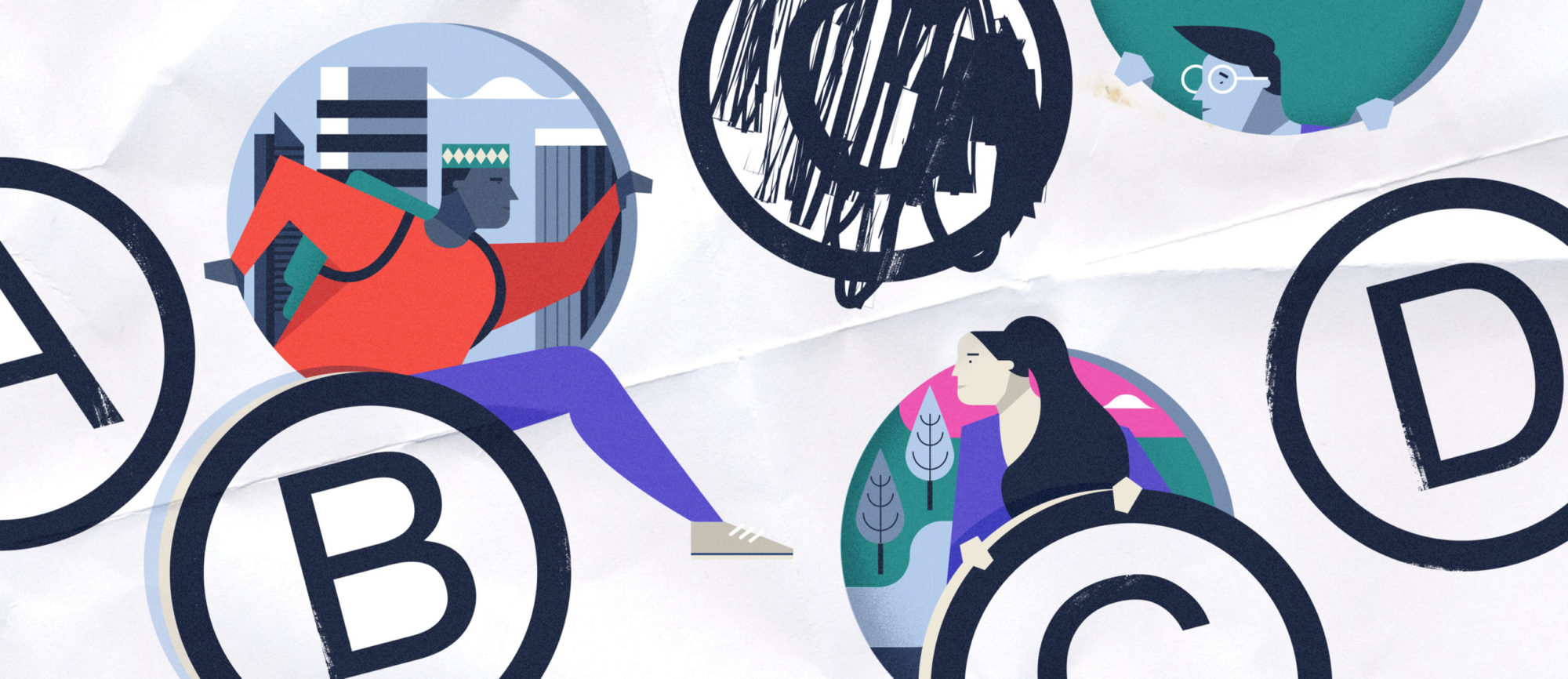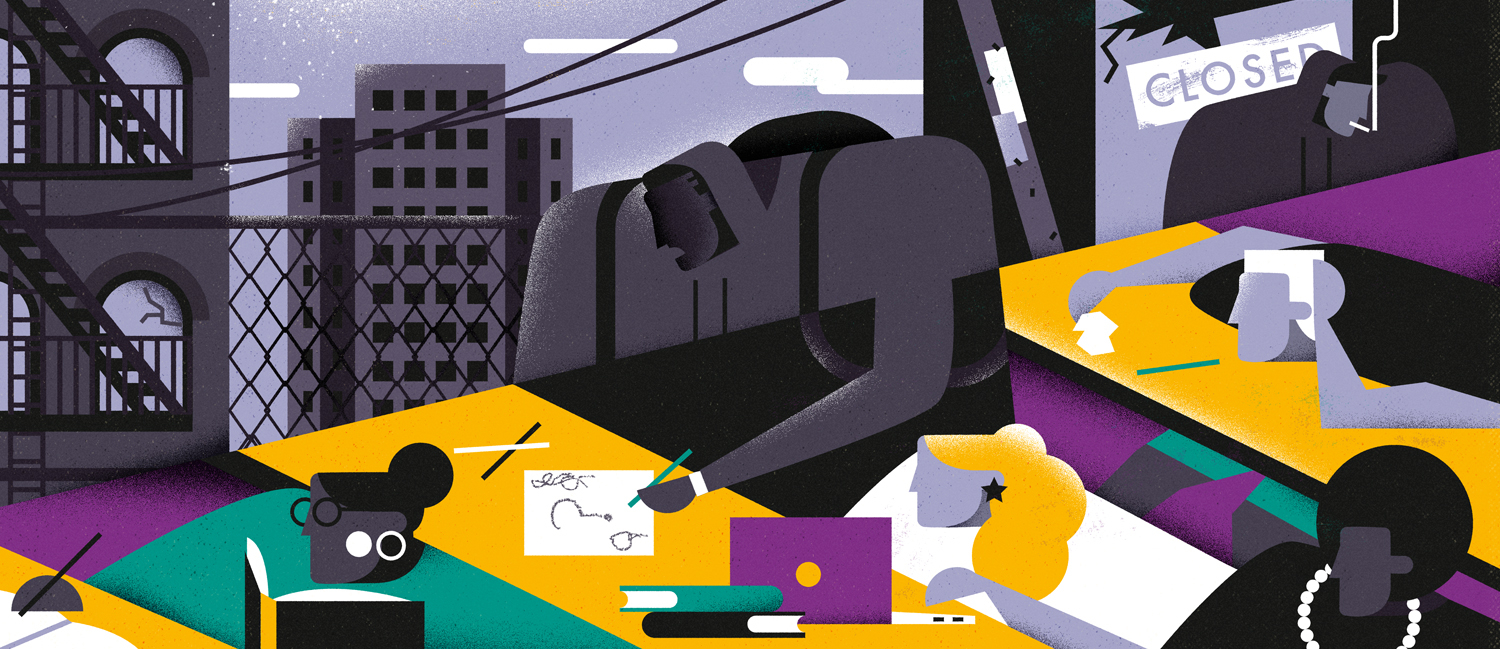Improving interactions between police and youth of color may be vital to reducing racial inequality in the justice system and countering the damaging outcomes that stem from system involvement.1 But approaching this challenge as a researcher demands looking not only at the quality of these interactions, but why and how they occur.
Over the last couple years, my colleagues and I have sought to examine how intersections of race, age, and gender shape the trajectories of encounters between police and youth as they unfold in real time. In investigating how the interplay of such underlying factors ultimately manifests in these encounters, we’ve also wrestled with a set of larger questions: How do we make sense of racism in policing? How do we know it when we see it? What can we do about it?
More recently, my research team2 and I have have analyzed interview data collected during ride-alongs with police officers in a major metropolitan area in the Western U.S. The ride-alongs covered every part of the city, including each of the city’s police districts, tourist areas, shopping districts, parks, and residential areas. We rode along with homeless units, housing units, and beat officers on patrol. Our ongoing analysis of officers’ accounts of how they manage encounters with members of the public reveals how deeply embedded understandings of space and race—or, in the words of John A. Powell, “spatial racism” (2005, 29-32)—are in officers’ everyday actions and encounters with the public. These findings contradict two of the most common frames for understanding how racism shows up in everyday policing and highlight the challenges of relying too heavily on either approach when it comes to “reforming” policing.
Hidden in “Plain View”
Last summer, several police departments across the country were rocked by the publication of the Plain View Project. Led by lawyer Emily Baker-White, the Plain View Project, in collaboration with Injustice Watch and BuzzFeed News, published an archive of offensive Facebook posts from police officers. The project documented thousands of racist, sexist, homophobic, and xenophobic posts of active and retired police officers in cities around the country. The publication confirmed a common belief that the primary way that racism makes its way into policing is through the beliefs and actions of racist officers. In Philadelphia, over a third of the 328 officers who posted offensive and troubling content “appeared to have had one or more federal civil rights lawsuits filed against them, based on name, badge number, and other corroborating details. Of that group, a hundred ended in settlements or verdicts against them or the city” (Hoerner & Tulsky, 2019).
If the explanation for racism in policing is explicit racism, then what is the intervention? One response is to discipline and punish officers. In fact, this has happened in several of the jurisdictions already, including Philadelphia, where officers are in danger of losing their jobs as a consequence of this discovery.
Implicit Bias
Plain View may provide extreme examples of the endorsement of racist beliefs among officers, but they are less an anomaly than one end of a spectrum. On the opposite end is implicit (or unconscious) bias. Stanford professor Jennifer Eberhardt’s (2019) work demonstrates how the racial history of the US informs unconscious biases regarding Blackness and Black people. These biases include common and quick associations of Blackness with suspicion, danger, and threat and, the theory goes, helps to explain (albeit in an indirect way) how unconscious biases generate racial disparities at every stage of the criminal justice system, from stops, to arrests, to police involved killings.
If the problem is implicit bias, then what is the focus of the intervention? If it’s all in your head, so to speak, then the intervention requires getting into officers’ heads through implicit bias trainings. Indeed, police departments across the country, including the NYPD, have invested millions in implicit bias training over the last several years (Baker, 2018). This is true even while the evidence of the utility of implicit bias training as an intervention is mixed.
Colorblind Experts
If you think that the Plain View posts are outliers or that the primary way that racism makes its way into policing is through unconscious biases, consider this: A recent nationally representative survey found that 56% of officers in the U.S. reported a belief that “an aggressive rather than courteous approach is more effective in certain neighborhoods” (Pew Research Center, 2017, p. 6).
Excerpts from our data are consistent with these findings and demonstrate the ways that race and racism is constructed through understandings of space in the city. Officers commonly provided explicit explanations for the disparate treatment of people in different parts of the city, namely “nice” areas and “the projects.” In “nice” areas “nice” people (e.g., “normal families,” “prime-time civilians”, etc.) get professional and service-oriented policing. In contrast, officers’ orientation to “the projects” is commonly shaped by the anticipation of danger, aggression, and the threat of violence. One officer explained the difference this way:
… you know how we talked about coming to a situation and don’t come high, but low, keep it all de-escalated, to de-escalate the situation, over there [the projects] you have to be very careful because if you do, some of those people perceive it as a weakness ‘cause you’re walking in too nice, and they feel like they can walk all over you. You’ve gotta be assertive.
Another officer put it more succinctly: “Other than the projects, you know, you stay professional.”
If officers thought there was something wrong or even racist about holding these beliefs they would likely not share these beliefs with researchers. Their disclosures in our study and in the Pew study illuminate the ways that explicit biases act as a form of “expertise.” This expertise is embedded and reflected in the interactional infrastructure of policing. This seemingly race-neutral expertise is used to construct “people in the projects” and people in “nice” areas as different—and then officers treat them that way.
I See Racism
To return to the opening question: How do we make sense of racism in policing? To start, we have to acknowledge that the racial history of slavery lingers in ways that continue to shape cities across the country. That history is embedded in every encounter a civilian has with an officer—whether we “see” it or not. As Bryan Stevenson argues, “[t]he narrative of racial difference that was constructed during the era of slavery created a lasting ideology of white supremacy . . . . You cannot understand the police shootings of unarmed Black men or the disproportionately high rates of wrongful convictions and unfair sentences directed at people of color without understanding this history of racial injustice” (Stevenson, 2015, para. 4).
What is needed then is not a one-off intervention, but an informed understanding of how racism makes its way into encounters and a commitment to addressing the structural forces that shape the spatial and racial landscape of policing.
It’s not a question of if racism matters, but how. The answer to that question includes both explicit forms of racism and unconscious bias—yet neither is a full explanation on its own.
Our work demonstrates the important role that spatial racism—as evidenced by the stark racial segregation that continues to characterize major cities in the U.S.—plays in the construction of police officers’ encounter logics. Officers’ beliefs act as a form of colorblind expertise in ways that contradict expectations of impartial policing. Officers act as colorblind experts and believe that this is how “good” policing is done. These logics legitimize the most aggressive and intrusive forms of policing experienced by young people in poor, Black (and Latinx) neighborhoods. These logics encourage cops to treat people, perhaps especially young people, in these places differently—and they do so. They do so not because they are racists (although some may be), but because they are “experts.”
If the expertise is the problem, then what is the appropriate intervention? The answer is not more professionalization. Today, our major cities are home to the most professionalized police forces in our nation’s history. Yet, as noted policing scholar John Van Maanen (1978) warned forty years ago, the “movement to ‘professionalize’ the police” threatened to “widen the police mandate in society and therefore amplify the potential of the police to act as moral entrepreneurs” (p. 324).
Van Manaan’s prediction was prescient. Today, America’s largest cities are home to the most well-funded, well-trained, and professionalized law enforcement departments in our nation’s history. State and local law enforcement agencies receive historically unmatched support from the federal government and a vast network of researchers and academics that supports the development and implementation of policing innovations in cities across the country. Often, these innovations target the low-income neighborhoods that are home to minoritized youth. This vast repository of expertise helps to legitimize the targeting of these youth and the protection of others.
What is needed then is not a one-off intervention, but an informed understanding of how racism makes its way into encounters and a commitment to addressing the structural forces that shape the spatial and racial landscape of policing.
Finally, given the power of our professionalized police force what is needed is not more professionalization. As Van Maanen (1978) concluded decades ago, what “is required at present is not professional police but accountable police” (p. 324). Firing explicitly racist officers is one form of accountability. It is not a solution to an institutional problem, but it is a necessary start. Implicit bias training may also serve an important role in police training – it’s probably a good idea for people with guns to be a little less racist. Yet, we have to pay close attention to the systems of accountability that officers orient to in their daily work. These logics cloaked in the cover of expertise play an important role in generating racial disparities in the quality and quantity of police encounters with “certain people” in “certain neighborhoods.” They act as a driver of racial inequality that is hidden in plain sight.
